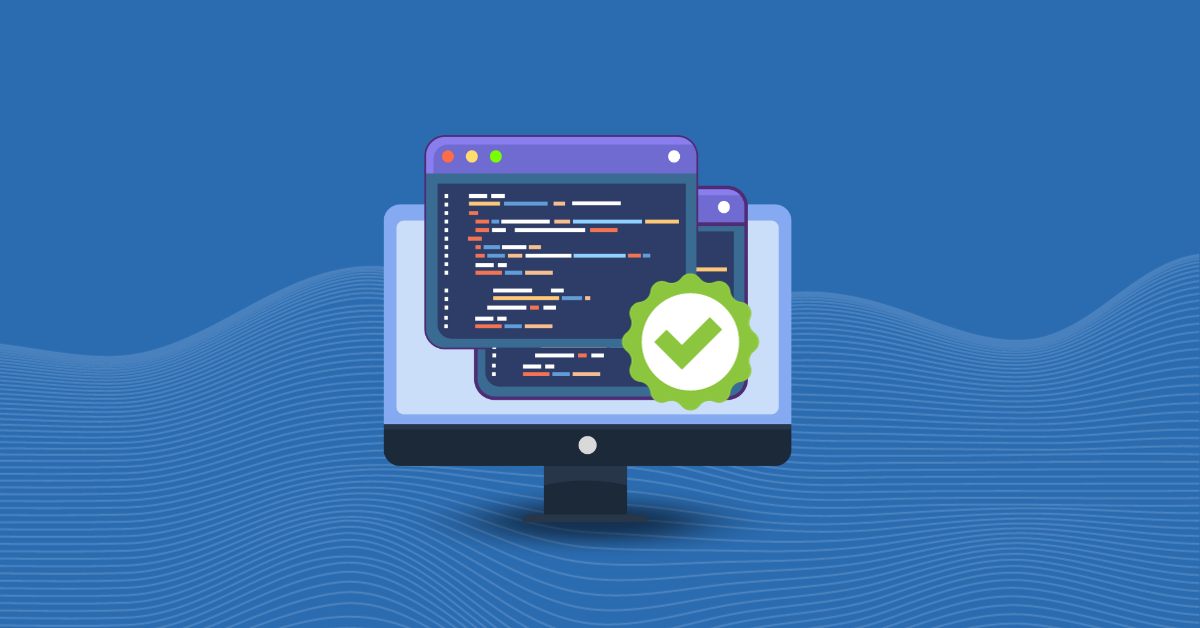

Are you in the realm of quality assurance? Do you constantly react to source code issues instead of preventing them? If so, you might have a problem—and opportunity—regarding code quality. Here, we’re going to get into what source code quality means, why it matters for software dev teams, and how Kiuwan can help you proactively ensure your software source code quality is secure, portable, reliable, maintainable, and efficient.
Code quality extends beyond the absence of bugs; it defines the essence of robust, reliable, and secure software. High-quality code encompasses a spectrum of organic attributes that collectively define the caliber of your software.
In many situations, “quality” is a subjective and loosely defined term—this isn’t one of them. ISO 25000, the internationally recognized standard for software quality, defines five critical pillars of quality: Security, Portability, Reliability, Maintainability, and Efficiency. These pillars are the cornerstones of exceptional software, and code quality is the bridge that connects them.
→ Efficiency: Efficient code operates seamlessly, conserving system resources and delivering optimal performance. It’s the difference between a sluggish application and one that responds with lightning speed.
→ Maintainability: Code that is easy to understand, modify, and extend is a testament to its quality. It ensures that as your software evolves, it remains adaptable and sustainable.
→ Security: The security of your software is non-negotiable. Code quality is pivotal in identifying and mitigating vulnerabilities, shielding your application from potential threats.
→ Reliability: Reliable code instills confidence in your software’s stability, ensuring it functions predictably and consistently.
→ Portability: Portable code adapts seamlessly to different environments, broadening the reach and usability of your application.
Code quality influences every aspect of a project, and ignoring it can have far-reaching consequences. This is not just a concern for developers; architects, project managers, and anyone involved in the software development lifecycle share the responsibility. The consequences otherwise can be devastating, not only in financial terms but also in terms of reputation and trust.
If you’ve ever been frustrated by delayed projects, increased development costs, and a software ecosystem that becomes progressively harder to maintain, was poor code quality a factor? Those are the problems that typically result when code quality is lacking.
Bottom line — when architects design software with code quality in mind, when project managers prioritize it in project planning, and when quality assurance teams meticulously assess it, the result is software that stands the test of time.
There are many things to consider in the totality of “application security,” and code quality is a big one. It plays a pivotal role in identifying potential vulnerabilities and weak spots in your software’s armor that malicious actors exploit. Eliminating vulnerabilities through stringent code quality measures is another step in safeguarding your application against security threats in an increasingly hostile digital landscape.
You know that Kiuwan is the industry-leading tool for finding vulnerabilities and weaknesses in your source code that hackers could exploit. But did you know that it also has code analysis features that can help you understand and improve the quality of your software? Kiuwan aligns with ISO 25000’s five pillars of quality and ensures your software is efficient, maintainable, portable, secure, and reliable. Want to see how? Request a free demo.


